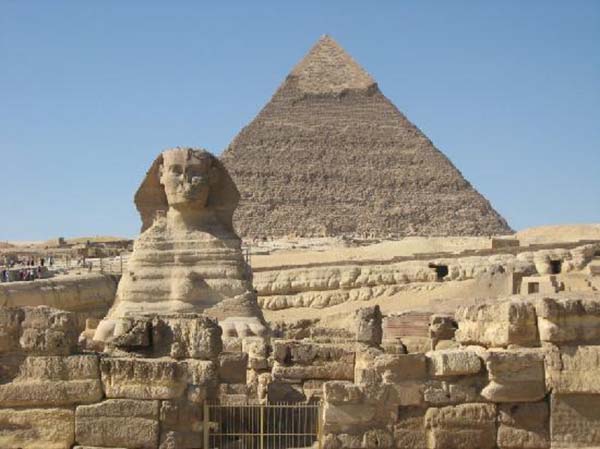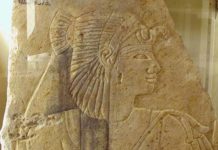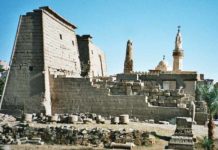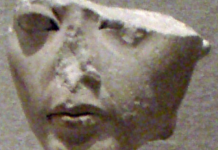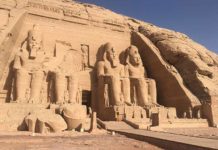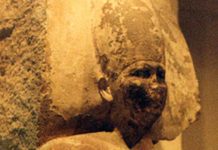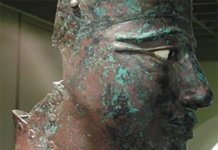Existing for more than 3,000 years, the Ancient Egyptian civilization was one of the longest-lasting the world has seen, but also one of the most mysterious.
The fascination with Ancient Egypt seems boundless, probably due to a combination of its awe-inspiring monumental architecture, the beauty of its temple and tomb art, its compelling mythology and firm belief in an afterlife, and its enigmatic pharaohs.
Intriguingly, many aspects of Ancient Egypt seem to have come from nowhere, appearing ready-formed as it were, 5,000 years ago, and then, when it became part of the Roman Empire in about 30BC, all its wondrous achievements disappeared – the art, the language, the hieroglyphics, and the religion. Only the Egyptians’ 365-day calendar, adopted by the Romans, lived on.
What Life Was Like in Ancient Egypt
Our attraction to Ancient Egypt also has a lot to do with the enormous amount of remains available to us which has allowed us to learn a great deal about the everyday lives of the people – we have access to their words, their family life, their food and drink, their pyramids, temples and tombs, and even their mummified bodies.
We can discover a great deal about what life was like in Ancient Egypt by studying its art. Colours of murals in tombs cut from the rock at Thebes appear as bright and compelling as if painted yesterday. Such art works, however, existed purely for religious, magical or symbolic purposes, and never as artistic expression as we know it today.
For an ideal primer to the subject of Ancient Egypt, you couldn’t do better than to turn to Ancient Egypt: An Introduction by the archaeologist Salima Ikram, a professor of Egyptology at the American University in Cairo, who is already the author of a number of scholarly and popular books about Ancient Egypt.
History of the Discipline of Egyptology
The focus of the book is on culture rather than on history, contextualizing it in a physical and historical framework, and is designed to lead readers on to a wider and deeper consideration of the subject, setting the scene for further study and investigation.
Lucidly written, it starts with a geographical overview explaining the development of Egyptian belief systems as well as its subsequent political development, the book covers the history of the discipline of Egyptology, religion, social organization, urban and rural life, and death, and has a section on how people of all ranks lived.
It’s beautifully illustrated, too, with many photographs of rarely seen sites that are seldom illustrated, plus a glossary, bibliography and a list of sources for those who wish to further their interest.
Accepted Truths Being Challenged at Giza
Much of the cutting-edge research into, and discoveries about, the mysteries of Ancient Egypt, it must be said, now comes from outside the country, from intrepid researchers in Europe and America.
Many accepted truths about Egypt’s early history are being challenged – for example, in regard to the dating and purpose of the pyramids on the Giza plateau, the location there of royal tombs from the Old Kingdom which, tantalisingly, await excavation, and the discovery of a network of subterranean chambers and passages.
Indeed, one has the impression that there is still a vast amount to unearth beneath the sands of Egypt and that we will, in time, come to realise that the great civilization that once flourished there was much more advanced than conventional interpretations of it allow.
Source:
- Ancient Egypt: An Introduction by Salima Ikram, Cambridge University Press ISBN 9780521859073 Hardback UK £45 / US $121; ISBN 9780521675987 Paperback UK £16.99 / US $28.99


